Offene und geschlossene Lösungen im 3D-Druck
Auf dem Markt für professionelle 3D-Drucksysteme sind drei Arten von Lösungen zu finden:
- Integrierte oder geschlossene Lösungen Dies sind diejenigen, bei denen der Hersteller Geräte, Materialien und Software bereitstellt, die dazu bestimmt sind, zusammenzuarbeiten. Beim Kauf einer integrierten Lösung ist es nicht möglich, Software oder Materialien anderer Hersteller zu verwenden.
- Offene Lösungen, wo der Hersteller Geräte bereitstellt, die sowohl mit Materialien als auch mit Software anderer Hersteller kompatibel sind.
- Integrierte Lösungen mit der Möglichkeit, externe Materialien zu verwenden. Dies ist eine Zwischenlösung, normalerweise mit gewissen Einschränkungen, wenn es um die Verwendung anderer Materialien oder Software geht.
INTEGRIERTE ODER GESCHLOSSENE LÖSUNGEN
Eines der repräsentativsten Beispiele für solche Lösungen ist Formlabs. Der Hersteller integrierter Lösungen bietet typischerweise Produkte an, die 3D-Drucksysteme sowie Nachbearbeitungsgeräte, Software und Materialien umfassen.
Der Hauptvorteil dieser Art von System besteht darin, dass alle Produkte so entwickelt wurden, dass sie zusammenarbeiten, was bedeutet, dass keine Feinabstimmung und Optimierung der Druckparameter erforderlich ist. Es stellt auch sicher, dass alle verfügbaren Materialien kompatibel sind.
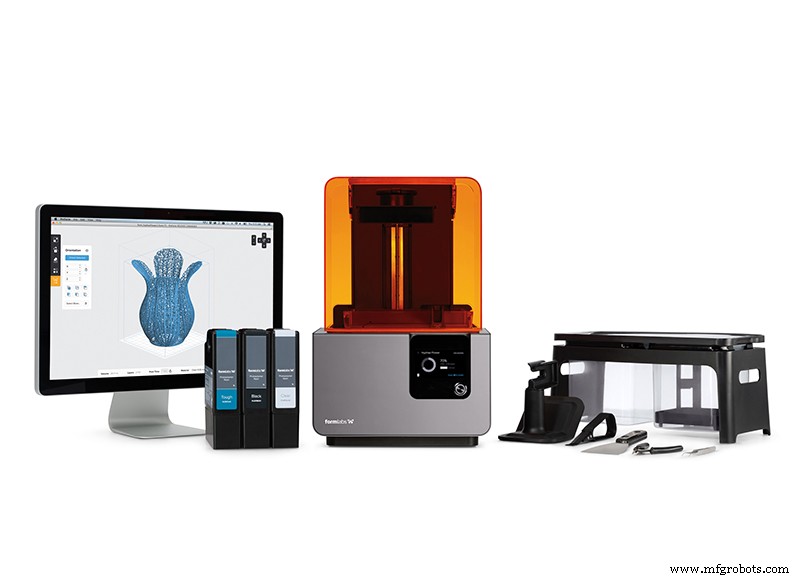
Bild 1:Formular 2 und Zubehör. Quelle:Formlabs
Dadurch sind diese Systeme sehr zuverlässig und reproduzierbar was zu einer deutlichen Leistungssteigerung führt. Ein weiteres wichtiges Merkmal ist, dass die vielen Konfigurationsparameter und änderbaren Werte generell auf ein Minimum reduziert sind, erfordert nur die Auswahl des Materialtyps des Herstellers und einiger grundlegender Parameter. Dies macht es viel einfacher zu bedienen und erfordert keine großen technischen Kenntnisse von den Benutzern.
Es sind jedoch nicht alle Vorteile. Diese Art von System hat zwei zu berücksichtigende Einschränkungen. Zum einen ist der Material- und Verbrauchsaufwand meist deutlich höher. Andererseits ist der Nutzer darauf beschränkt, nur die Produkte des Herstellers zu verwenden.
OFFENE LÖSUNGEN
Offene Lösungen implizieren nicht Open-Source-Hardware oder -Software. Dies bezieht sich auf Hersteller, die Geräte anbieten, die standardisierte Medienformate und universelle Druckdateien unterstützen. This category includes all printers that support universal CNC programming languages such as .gcode and materials from any manufacturer, regardless of whether the equipment is open source or proprietary.
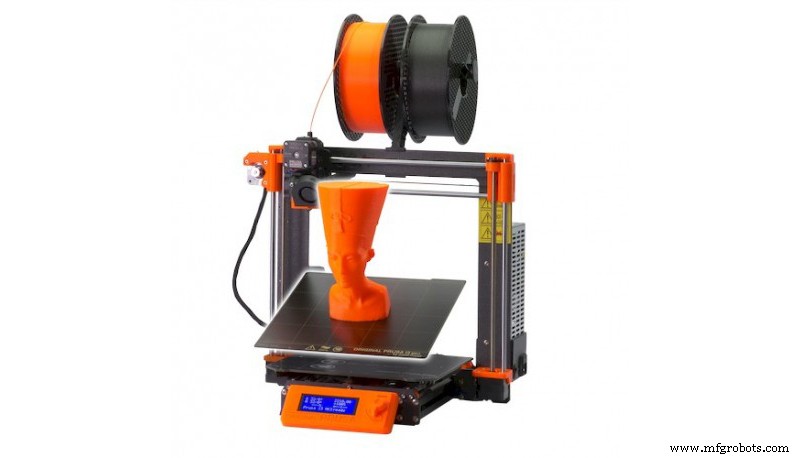
Image 2:Prusa MK3S 3D printer. Source:Prusa
This does not imply that the manufacturers themselves cannot also offer materials and software, which they usually do, but they do not restrict the use of their equipment to these.
The main advantage of this type of solutions is their high compatibility and the fact that they have the widest range of materials, limited only by the technical characteristics of the equipment itself. Moreover, in the case of using equipment from different manufacturers, it is possible to centralise everything in the same software without the need to use a specific one for each piece of equipment.
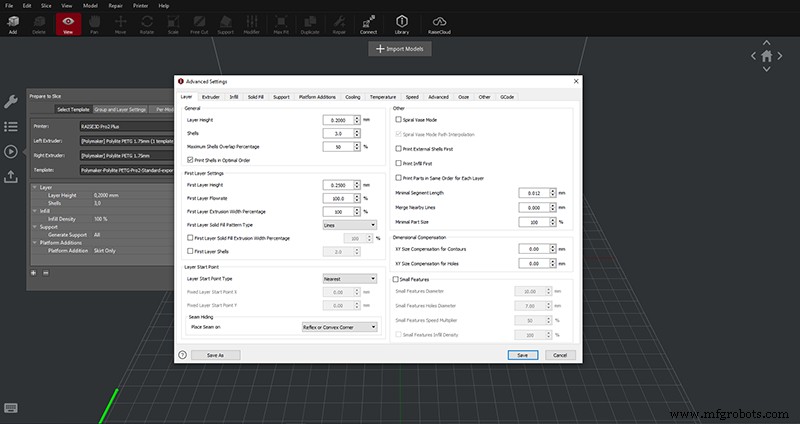
Image 3:Raise3D Ideamaker software configuration window. Quelle:Raise3D
The main disadvantage is that the printing profiles generally need to be fine-tuned and optimised for each material, which is time-consuming and expensive. In addition, a change of material supplier or even a reformulation of a material from the same supplier implies a new optimisation of profiles. This means that achieving the same reliability and reproducibility that integrated solutions provide requires continuous work and a thorough knowledge of materials and suppliers.
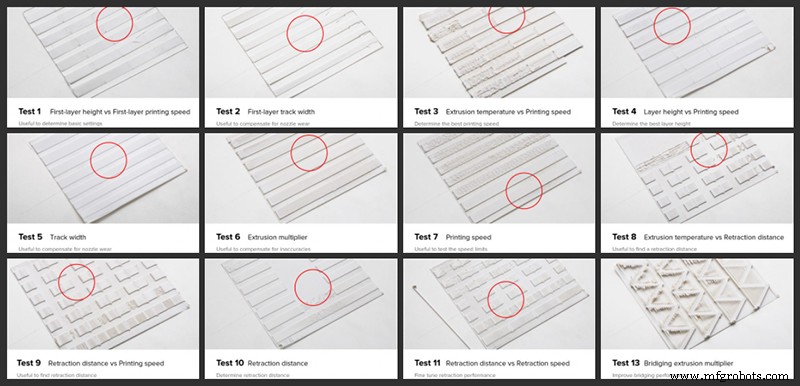
Image 4:Examples of optimisation. Source:3DOptimizer
Some companies offering such solutions are Prusa, Raise3D or UNIZ.
INTEGRATED SOLUTIONS WITH THE POSSIBILITY OF USING EXTERNAL MATERIALS
This is an intermediate option to the previous ones. They consist of integrated or closed solutions, with proprietary programming languages, but which also allow the use of third-party materials . Due to the use of proprietary languages it is necessary to stick to the software provided by the manufacturer.
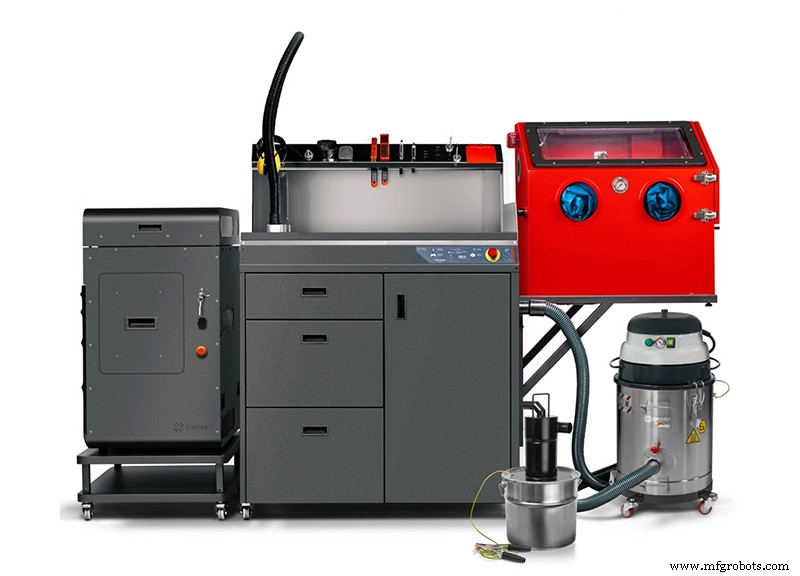
Image 5:SLS Lisa Pro 3D printer and accessories. Source:Sinterit
They have all the advantages of closed solutions but fewer drawbacks. Without having the wide compatibility of materials available in open solutions, they open up the possibility of using a wide range of materials from other manufacturers.
The trade-offs of this type of solution are minimal, with its main disadvantage being that the software generally has fewer configuration options, which can make it difficult to achieve good optimisation of other manufacturers' materials.
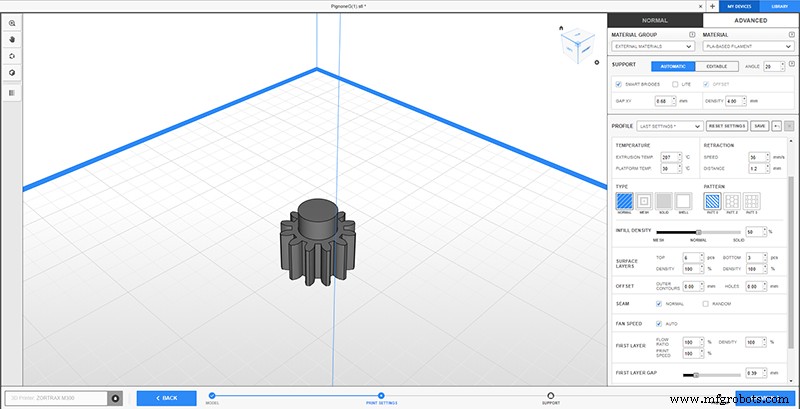
Image 6:Settings for external materials in the Zortrax Z-Suite software. Quelle:Zortrax
Representative examples of such solutions are Zortrax or Sinterit. Both offer a wide range of perfectly optimised materials, but also allow the use of materials from other manufacturers.
THE MOST APPROPRIATE SOLUTION
There are high quality solutions in all three groups and it would be wrong to consider one as better than the other. In order to select one or the other, the specific needs of each user must be analysed.
Users who are not specialised in additive manufacturing and are looking for a simple and efficient system will find integrated solutions and integrated solutions with a choice of external materials the best option. The implementation of this type of system is immediate and does not require in-depth technical knowledge . Although the costs of this type of solution may at first glance seem much higher than open solutions, in the long run the savings in optimisation time and material costs can compensate for this.
In the case of specialised users, with knowledge of additive manufacturing and materials, who require the use of very specific or experimental materials, they will find the above solutions to have significant limitations. This is why open solutions are a more versatile option despite the ongoing optimisation and fine-tuning tasks.
3d Drucken
- 3D-Druckmaterialien für die Raumfahrt?
- 3D-Druck und Formel 1:5 Trends im Motorsport
- Hardware, Materialien und Software:Die 3 Säulen des Erfolgs beim 3D-Druck
- 8 innovative Materialien für den industriellen 3D-Druck [2018]
- Experteninterview:Roboze-CEO Alessio Lorusso zum Hochleistungs-3D-Druck von Verbundwerkstoffen
- 3D-Drucklösungen für Öl- und Gasunternehmen
- 10 stärkste Materialien für den 3D-Druck
- Biologisch abbaubare 3D-Druckmaterialien
- Leitfaden zur Auswahl von 3D-Druckmaterialien
- Stanz- und Matrizenmaterialien und Werkzeuglösungen



